18 Historical Cities You Need To Visit
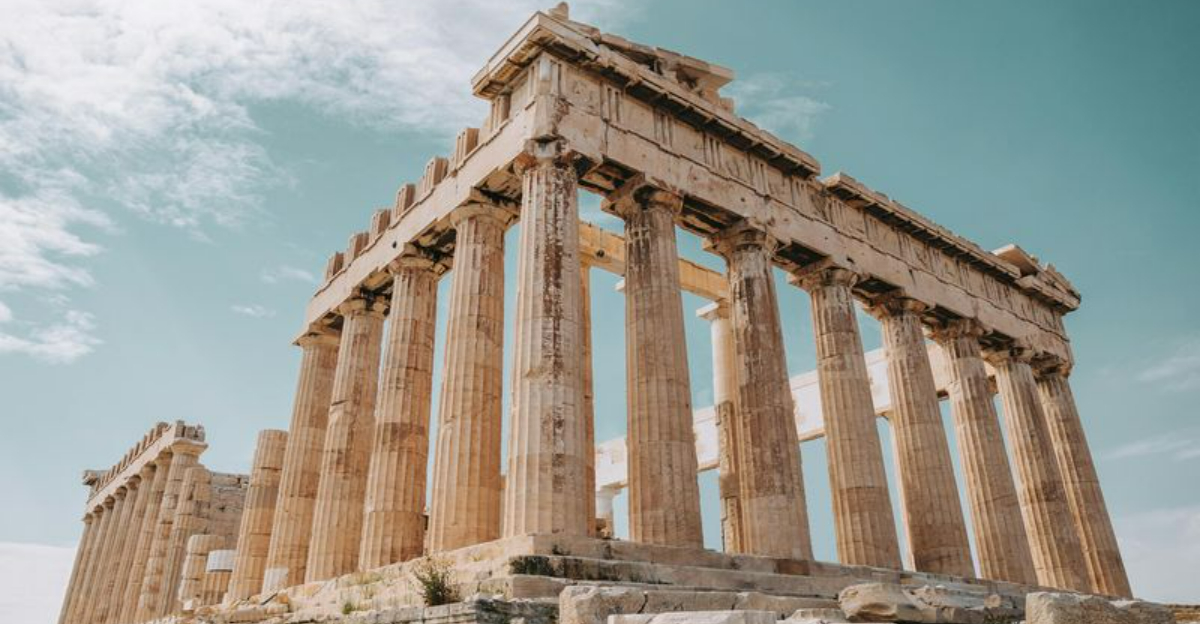
Some cities don’t just tell you history – they pull you right into it. I’ve wandered through crumbling fortresses, quiet old quarters, and streets where every corner feels like a forgotten chapter. It’s not about ticking off landmarks – it’s about feeling that deep, strange connection to the people who walked there centuries ago.
These 18 historical cities left a mark on me, and if you’re craving more than just a typical vacation, they might do the same for you.
1. Rome, Italy
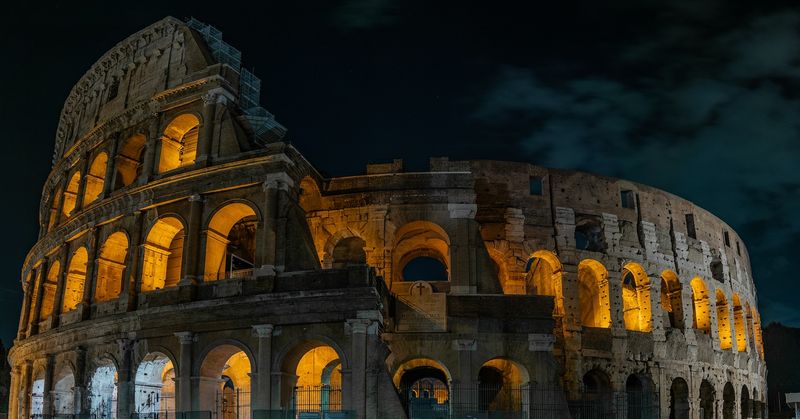
Walking through Rome feels like browsing through the pages of a history book come to life. The Colosseum stands as a testament to ancient engineering while the Roman Forum whispers stories of Julius Caesar and powerful emperors who once ruled the world.
If you’re a pizza lover like me, you’ll find authentic Italian cuisine around every corner. Vatican City, the world’s smallest country, sits within Rome’s boundaries and houses artistic masterpieces like Michelangelo’s Sistine Chapel ceiling.
2. Kyoto, Japan

Unlike Tokyo’s futuristic skyline, Kyoto preserves Japan’s soul through its 1,600 Buddhist temples and 400 Shinto shrines. Cherry blossoms frame ancient wooden structures in spring, creating postcard-perfect scenes that seem frozen in time.
When I visited, watching a traditional tea ceremony taught me more about Japanese culture than any guidebook ever could. Geisha still walk the historic Gion district at dusk, their white-painted faces and elaborate kimonos connecting present-day visitors to centuries-old traditions.
3. Istanbul, Turkey
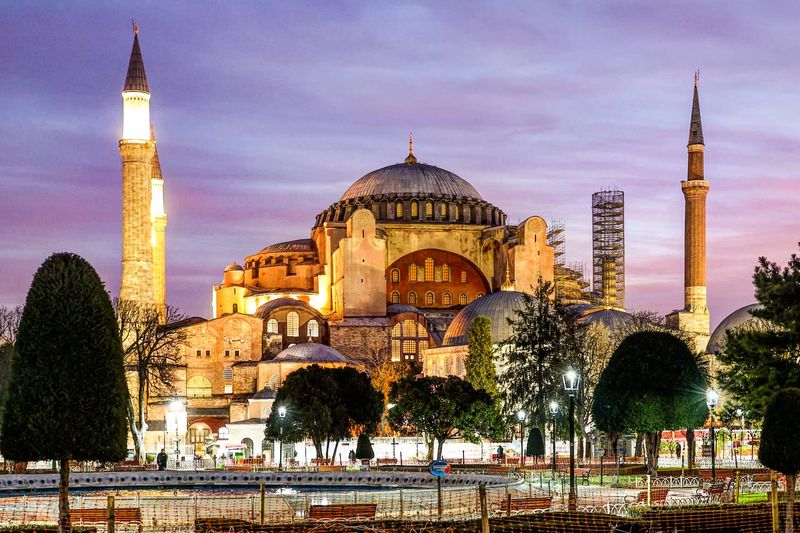
Straddling two continents, Istanbul serves as the perfect bridge between East and West. The Blue Mosque’s six minarets pierce the skyline while inside, thousands of blue tiles create a heavenly atmosphere that left me speechless.
Across the square stands Hagia Sophia, which has served as both a Byzantine cathedral and an Ottoman mosque throughout its 1,500-year history. The Grand Bazaar buzzes with the same commercial energy it has maintained since 1461, making it one of the world’s oldest and largest covered markets.
4. Jerusalem, Israel
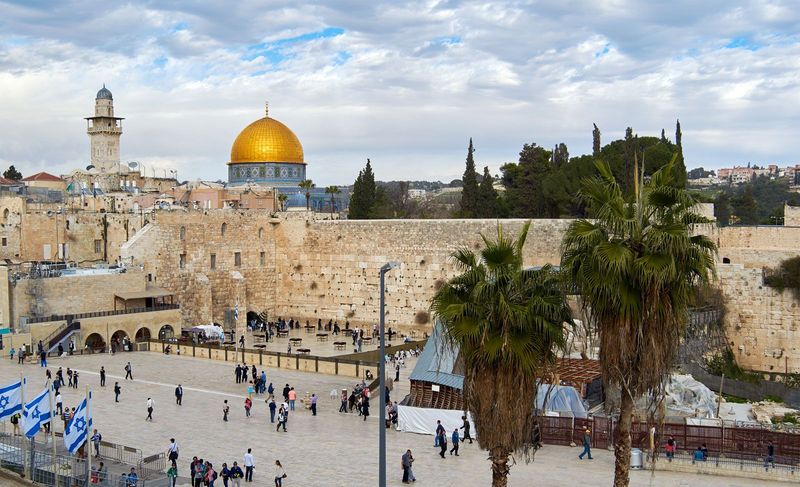
Few places on earth hold such profound spiritual significance for multiple religions. The Western Wall, Church of the Holy Sepulchre, and Dome of the Rock create a sacred triangle within the Old City’s stone walls, drawing pilgrims from across the globe.
Though smaller than I expected, Jerusalem’s winding alleys transport visitors through millennia of human faith and conflict. The scent of fresh bread and spices fills the air in the ancient markets where merchants continue traditions passed down through countless generations.
5. Cairo, Egypt
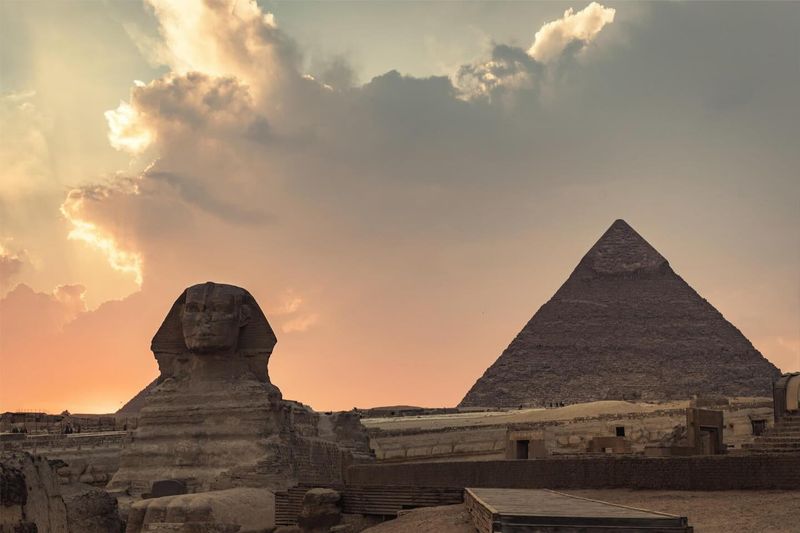
Standing before the Great Pyramids of Giza, just outside Cairo’s bustling streets, I couldn’t help but feel humbled by these 4,500-year-old monuments. Their perfect mathematical precision remains a testament to ancient Egyptian ingenuity that modern engineers still marvel at today.
The Egyptian Museum houses treasures from King Tutankhamun’s tomb, including his famous golden mask. Cairo itself is a beautiful chaos of historic mosques, crowded markets, and the flowing Nile River that has sustained civilization here since before recorded history began.
6. Cusco, Peru
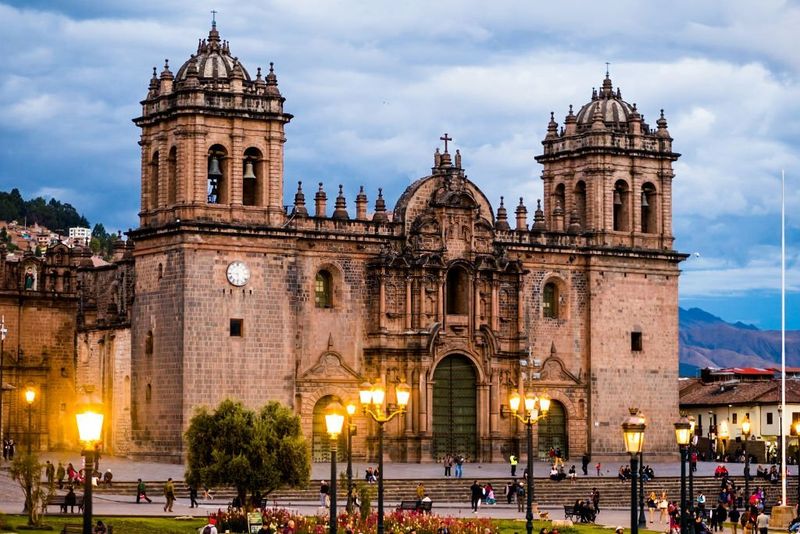
Nestled high in the Andes at 11,152 feet, Cusco served as the capital of the mighty Inca Empire before Spanish conquest. The city’s foundation reveals incredible stonework where massive blocks fit together so perfectly you can’t slide a piece of paper between them – all without mortar!
This gateway to Machu Picchu features a fascinating blend of Incan and colonial architecture. While wandering the narrow cobblestone streets, I discovered hidden courtyards behind heavy wooden doors and ancient walls supporting Spanish churches, symbolizing the cultural fusion that defines much of Latin American history.
7. Athens, Greece

Have you ever wondered where democracy was born? Athens holds this honor as the cradle of Western civilization. The Parthenon perches majestically atop the Acropolis hill, visible from nearly anywhere in the city.
My favorite spot is the ancient Agora, where Socrates once taught his students and philosophical ideas that shaped our world first took root. Despite its ancient heritage, modern Athens pulses with energy through its vibrant markets, outdoor cafés, and passionate locals who are incredibly proud of their historical legacy.
8. Beijing, China

The Forbidden City’s 9,999 rooms once housed Chinese emperors who ruled from this massive palace complex for nearly 500 years. Its yellow-tiled roofs and red walls symbolize imperial power, while intricate dragon carvings ward off evil spirits according to ancient beliefs.
Just outside Beijing, the Great Wall snakes across mountain ridges as the world’s largest military structure. When I climbed its ancient steps, I couldn’t help imagining the soldiers who once stood guard against northern invaders. Modern Beijing balances its imperial past with futuristic architecture, creating a fascinating timeline of Chinese history.
9. Varanasi, India

Mark Twain once wrote that Varanasi is “older than history, older than tradition, older even than legend.” As one of the world’s oldest continuously inhabited cities, its ghats (stone steps) leading to the sacred Ganges River have witnessed countless spiritual ceremonies over thousands of years.
Hindu pilgrims come to bathe in the holy waters while funeral pyres burn day and night along certain ghats. Watching the morning rituals from a boat on the river provided me with a profound glimpse into ancient traditions that remain vibrantly alive. Narrow labyrinthine alleys wind behind the ghats, filled with temples, shrines, and vibrant markets.
10. Venice, Italy
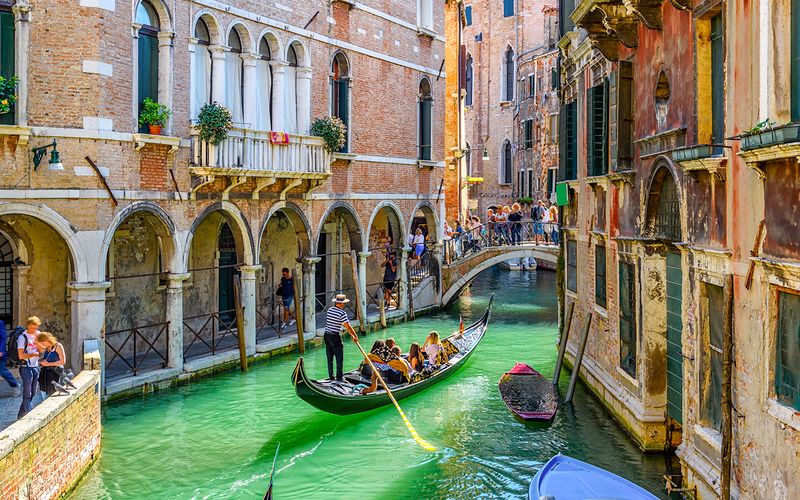
Built impossibly on 118 small islands connected by over 400 bridges, Venice defies logic yet has survived for over 1,200 years. Instead of car horns, you’ll hear the gentle splash of gondola oars and the melodic calls of gondoliers navigating narrow canals.
St. Mark’s Square floods during high tides, creating surreal reflections of the Byzantine basilica. I found the real magic of Venice by getting deliberately lost in its maze-like streets, discovering quiet residential areas where laundry still hangs between ancient buildings and locals chat across balconies like they have for centuries.
11. Fez, Morocco
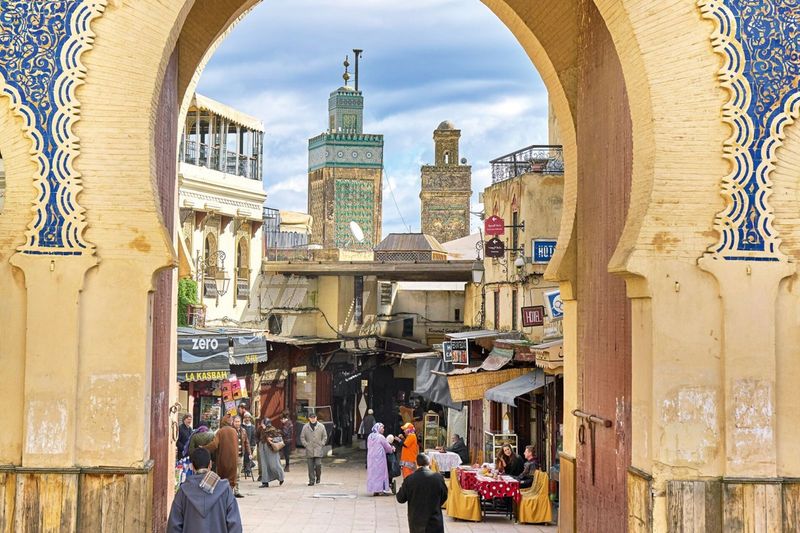
Stepping into Fez’s medina feels like traveling back to the Middle Ages. Founded in the 9th century, this car-free maze of 9,000 narrow alleyways houses the world’s oldest university and countless artisan workshops where traditional crafts continue unchanged for centuries.
The ancient tanneries still use natural dyes and methods from the 11th century, creating a rainbow of leather goods. During my visit, I watched copper smiths hammering intricate designs and weavers creating delicate fabrics on wooden looms. Donkeys remain the primary transportation method through passages too narrow for modern vehicles.
12. Mexico City, Mexico

Built atop the ruins of Tenochtitlan, the Aztec capital, Mexico City blends pre-Columbian history with Spanish colonial grandeur. The Metropolitan Cathedral stands beside the Templo Mayor archaeological site, perfectly illustrating the cultural layers that make this city so fascinating.
Floating gardens called chinampas in the Xochimilco district date back to Aztec agricultural innovations. I was amazed to discover that beneath the modern metropolis, archaeologists continue to uncover ancient temples and artifacts, sometimes when constructing subway lines! With world-class museums housing Mesoamerican treasures, Mexico City offers an unparalleled journey through indigenous and colonial history.
13. Marrakech, Morocco

The red walls surrounding Marrakech have protected this desert jewel since the 12th century. Jemaa el-Fnaa square transforms from a daytime market to an evening carnival of storytellers, musicians, and food vendors under starlit skies.
Wandering through the medina, I discovered hidden riads – traditional houses with interior gardens – behind unmarked doors. The Bahia Palace showcases Islamic architecture at its finest with intricate tilework and carved cedar ceilings. Snake charmers, spice merchants, and artisans create a sensory overload that has changed little since medieval caravans stopped here on Saharan trade routes.
14. Petra, Jordan

Hidden within desert canyons, Petra remained lost to the Western world until 1812. The Treasury’s elaborate façade, carved directly into rose-colored sandstone cliffs, appears dramatically at the end of a narrow gorge called the Siq.
This ancient Nabatean city once controlled valuable trade routes and developed ingenious water collection systems that allowed civilization to flourish in the harsh desert. My hike to the Monastery, Petra’s largest monument, revealed breathtaking views across biblical landscapes. At night, thousands of candles illuminate the site during special tours, recreating how the city might have appeared to ancient visitors.
15. Samarkand, Uzbekistan

Though less familiar to Western travelers, Samarkand shines as one of the oldest continuously inhabited cities along the ancient Silk Road. The Registan square features three madrasas (Islamic schools) covered in stunning blue mosaic tiles that shimmer like jewels against the desert landscape.
Conquered by Alexander the Great and later becoming Tamerlane’s capital, the city’s architecture reflects Persian, Turkish, and Mongolian influences. When I visited the Shah-i-Zinda necropolis, I was awestruck by the intricate ceramic work adorning the mausoleums. Modern Uzbeks still practice traditional crafts like silk weaving and pottery in workshops throughout the old city.
16. Luxor, Egypt
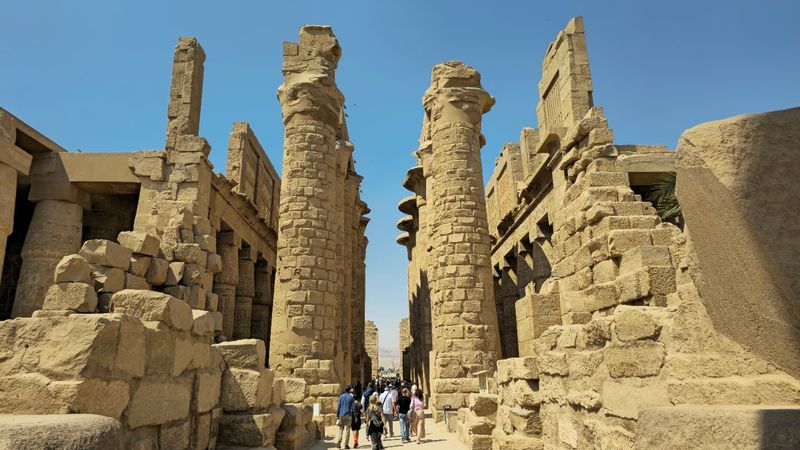
Ancient Thebes, now modern Luxor, served as Egypt’s capital during its most powerful era. The Temple of Karnak, spread across 200 acres, contains the Great Hypostyle Hall where 134 massive columns soar upward like a stone forest, covered in hieroglyphics that have survived over 3,000 years.
Across the Nile, the Valley of the Kings houses 63 royal tombs, including Tutankhamun’s final resting place. Watching the sunrise illuminate the Colossi of Memnon – two massive statues of Pharaoh Amenhotep III – was a magical moment during my visit. Felucca sailboats still cross the Nile using the same wind patterns that powered ancient Egyptian vessels.
17. Dubrovnik, Croatia
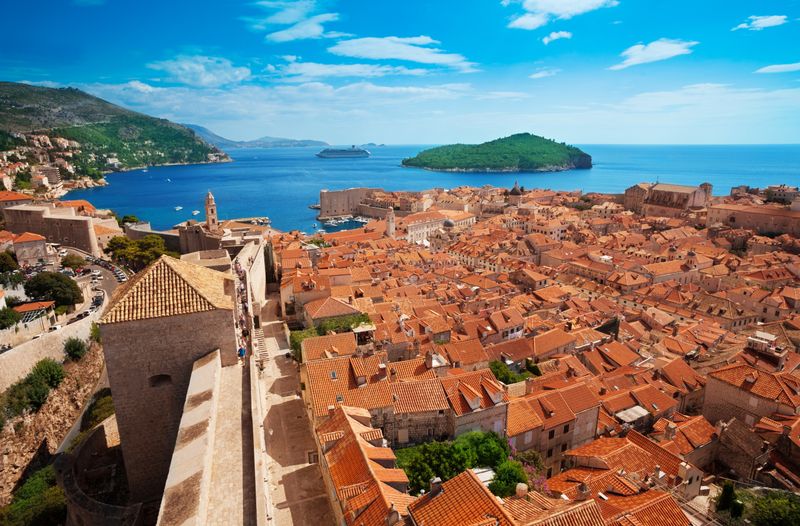
George Bernard Shaw called Dubrovnik “paradise on Earth” – and walking atop its perfectly preserved medieval walls, I understood why. These massive fortifications protected the wealthy maritime republic for centuries and now offer spectacular views of terracotta rooftops against the azure Adriatic Sea.
The limestone-paved main street, Stradun, gleams like polished marble from centuries of foot traffic. Despite suffering heavy damage during the 1990s Yugoslav wars, meticulous restoration has returned the city to its former glory. Game of Thrones fans might recognize Dubrovnik as King’s Landing, but its real history as an independent city-state that rivaled Venice is far more fascinating.
18. Machu Picchu, Peru
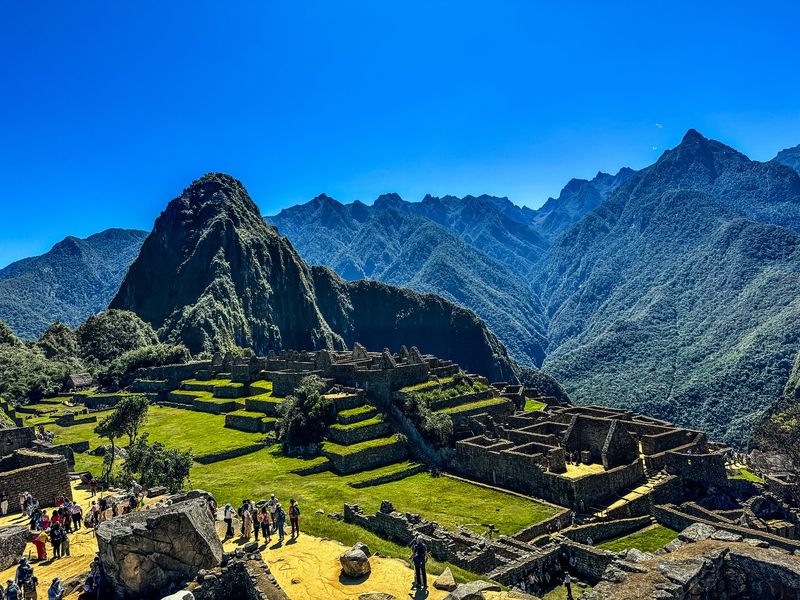
Though technically not a city today, this 15th-century Inca citadel perched at 7,970 feet above sea level qualifies as one of history’s most spectacular urban achievements. Abandoned before Spanish conquest, Machu Picchu remained hidden by cloud forests until 1911, preserving its stone structures in remarkable condition.
The precision of Incan stonework is mind-boggling – massive blocks fit together without mortar yet have survived numerous earthquakes. Watching the morning mist lift to reveal terraced fields, temples, and residential areas against the backdrop of Huayna Picchu mountain created a spiritual connection to the past that I’ve never experienced elsewhere.
